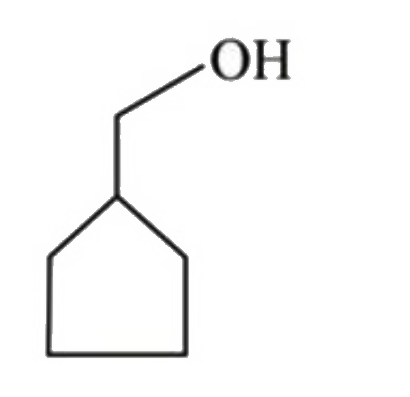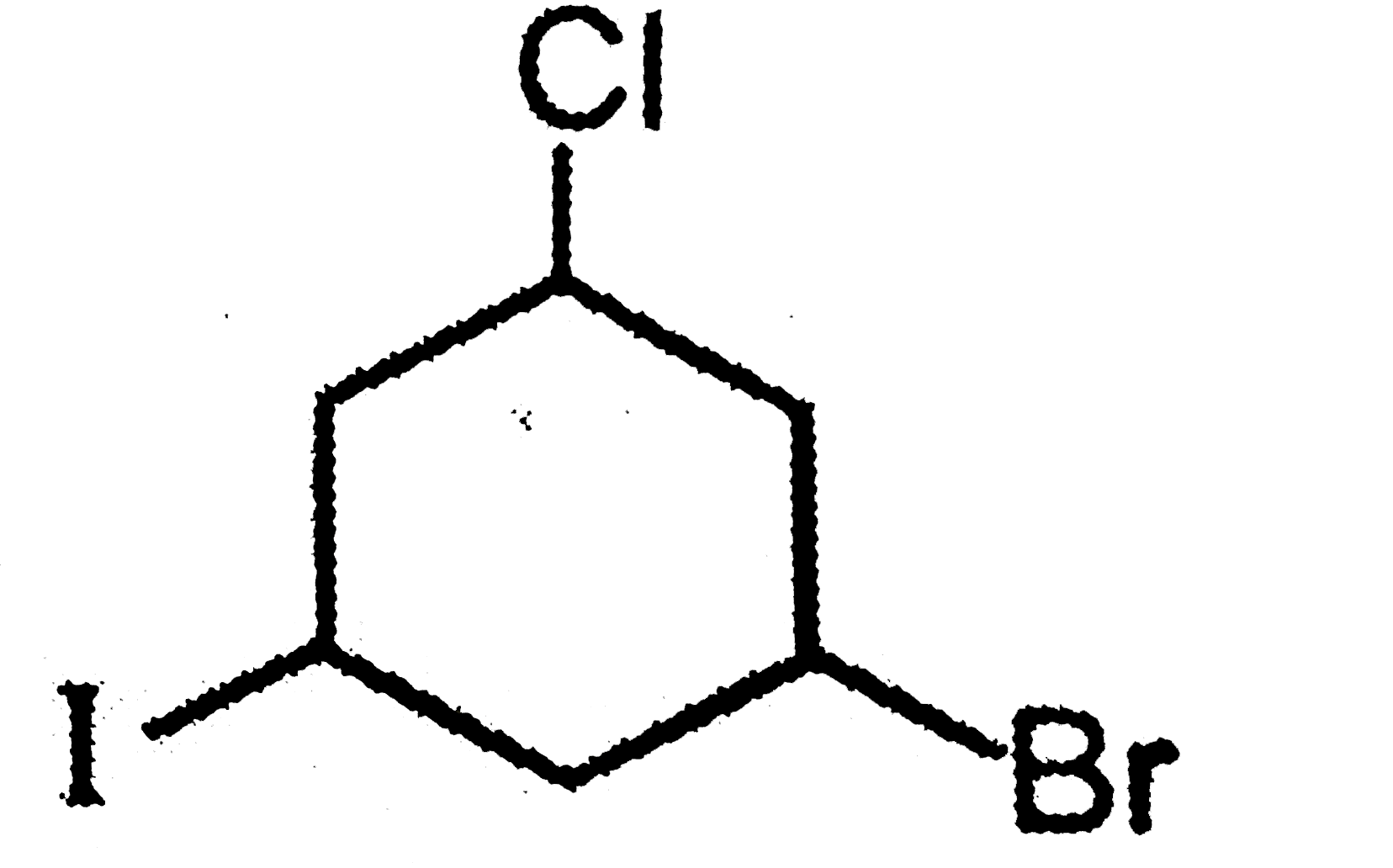. How many optical isomers are possible for [MABCD], where M is dsp2 hybridized?
1
2
3
Zero
The correct Answer is:D
To determine how many optical isomers are possible for the coordination compound (MABCD), where M is dsp² hybridized, we can follow these steps:
Step 1: Identify the Hybridization and Geometry
- The hybridization of the metal center (M) is given as dsp². This indicates that the geometry of the complex will be square planar.
Step 2: Draw the Structure
- In a square planar geometry, the ligands A, B, C, and D will occupy the four coordination sites around the metal atom M. The arrangement can be visualized as follows:
AB−−−C D
Step 3: Analyze for Optical Isomerism
- Optical isomers are non-superimposable mirror images of a compound. To determine if optical isomers exist, we need to check for the presence of a plane of symmetry in the structure.
Step 4: Check for Plane of Symmetry
- In the case of (MABCD), since the ligands A, B, C, and D are all different, we must analyze if there is a plane of symmetry.
- A plane of symmetry divides the molecule into two mirror-image halves. In this case, the arrangement of the ligands does not create a unique non-superimposable mirror image due to the symmetrical arrangement of the ligands around the metal center.
Step 5: Conclusion
- Since the square planar complex (MABCD) has a plane of symmetry, it is optically inactive. Therefore, there are no optical isomers for this complex.
Final Answer
- The number of optical isomers for the complex (MABCD) is 0.
---
- The hybridization of the metal center (M) is given as dsp². This indicates that the geometry of the complex will be square planar.
- In a square planar geometry, the ligands A, B, C, and D will occupy the four coordination sites around the metal atom M. The arrangement can be visualized as follows:
AB−−−C D
- Optical isomers are non-superimposable mirror images of a compound. To determine if optical isomers exist, we need to check for the presence of a plane of symmetry in the structure.
- In the case of (MABCD), since the ligands A, B, C, and D are all different, we must analyze if there is a plane of symmetry.
- A plane of symmetry divides the molecule into two mirror-image halves. In this case, the arrangement of the ligands does not create a unique non-superimposable mirror image due to the symmetrical arrangement of the ligands around the metal center.
- Since the square planar complex (MABCD) has a plane of symmetry, it is optically inactive. Therefore, there are no optical isomers for this complex.
- The number of optical isomers for the complex (MABCD) is 0.
Topper's Solved these Questions
- ALCOHOLS, PHENOLS AND ETHERSBOOK - AAKASH INSTITUTE ENGLISHCHAPTER - ALCOHOLS, PHENOLS AND ETHERSEXERCISE - Try yourself
5 Videos
- ALCOHOLS, PHENOLS AND ETHERSBOOK - AAKASH INSTITUTE ENGLISHCHAPTER - ALCOHOLS, PHENOLS AND ETHERSEXERCISE - Exercise
40 Videos
- ALCOHOLS, PHENOLS AND ETHERS BOOK - AAKASH INSTITUTE ENGLISHCHAPTER - ALCOHOLS, PHENOLS AND ETHERS EXERCISE - Try Yourself
5 Videos
Similar Questions
Knowledge Check
CH2=CH–CH=CH–CH=CH2
How many geometrical isomers are possible for this compound ?A2B3C4D8How many structural isomer(s) is/are possible for C2H4Br2 ?
AA. 1BB. 2CC. 3DD. 4
How many optical isomers are possible for following compound ?

View SolutionHow many position isomers are possible for chlorophenol?
View SolutionHow many positional isomers are possible for this compound

View SolutionHow many geometrical isomers are possible for MA2B2C2 ?
View SolutionHow many isomers are possible C7H16 ?
View Solution
How many geometrical isomer of (A) is possible?
View Solution

